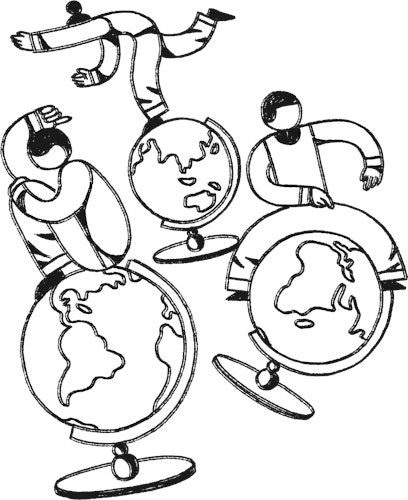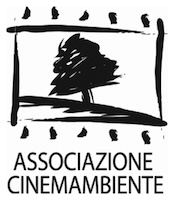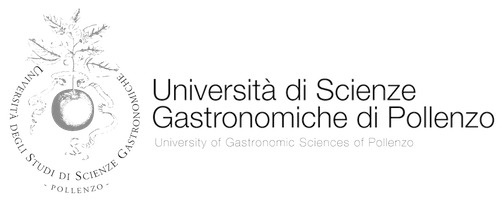Hong Kong, città di profughi
Directed by
Episode 1. A plane approaching Hong Kong airport; still photos of "boat people", refugees from Vietnam who, upon arrival at their destination, will have to wait in port for months before being able to disembark. The plane has landed in an ultramodern city, all skyscrapers. In its bay there are boats overcrowded with refugees. One of the transit camps is in the disused warehouses of the East India Company, overflowing with people. Rice and vegetables are administered in large buckets. Hong Kong is actually a Chinese city: a free port, a hinge city between capitalism and communism, the result of a compromise, it represents a mediation between China and the rest of the world. Every year two-three hundred thousand people enter illegally, many are young so the average age of the population is twenty-four. Hong Kong is nevertheless a rich city, no taxes are paid and there are banks from all countries.
Episode 2. A Salesian nun translates the interview with the Tran family, who were part of a group of 42 people. Now Mrs. Tran works in an electronics company on the ninth floor of a skyscraper where two-thirds of the employees are Vietnamese, earning five thousand lire a day, and they are used to keep wages low. Hong Kong is an overpopulated city: one of its neighborhoods has the highest population density in the world, 144,000 inhabitants per square kilometer.
Episode 3. The real problem in Hong Kong is illegal immigrants from China. We see the soldiers who captured eighteen fugitives during the night who will then be returned to the Chinese, but will try to return several times. Work, living together has made Chinese, Vietnamese and locals indistinguishable. In Hong Kong life never stops and at night there is a continuous flow of cars among bright signs. The Chinese farmers in the villages see the city lights from afar and are dazzled by them like moths.








